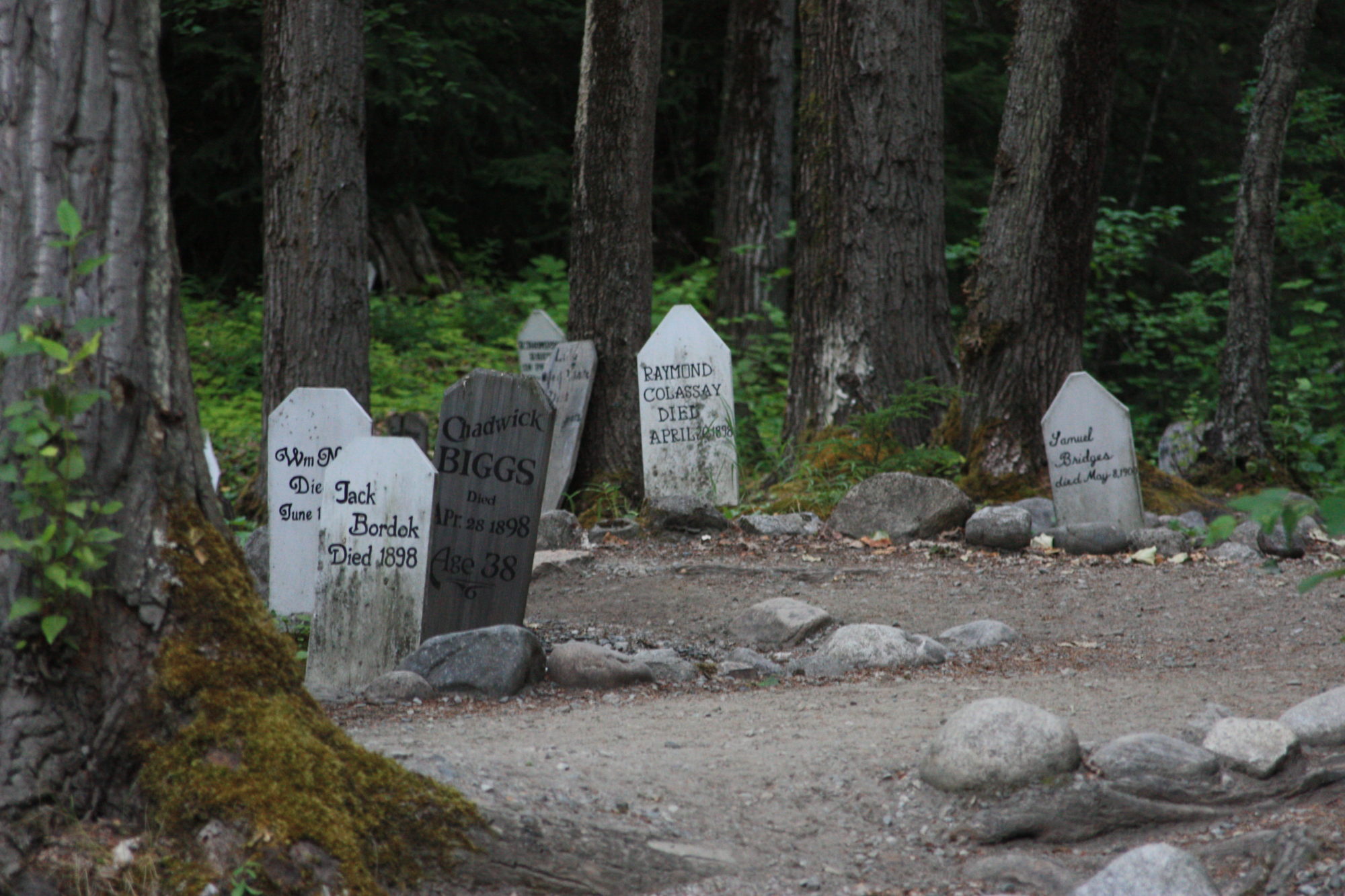
This murder occurred on this day, March 13, 1898. Mr. Roberts ran the Wonder Hotel and saloon in Dyea and was murdered on his way home. Fitzpatrick, Corbett and Brooks apparently felt they could get away with murder during this period of wild abandon. They did not.
Because Alaska was a federal territory and not a state at the time, the case went to a federal court, was appealed, and then heard at the Supreme Court.
The U.S. Supreme Court case 178 US 304 stated on May 28, 1900:
“The said John Fitzpatrick, Henry Brooks, and William Corbett at near Dyea, within the said District of Alaska and within the jurisdiction of this court, and under the exclusive jurisdiction of the United States, on the 13th day of March, in the year of our Lord one thousand eight hundred and ninety-eight, did unlawfully, willfully, knowingly, feloniously, purposely, and of deliberate and premeditated malice make an assault upon one Samuel Roberts, and that they, the said John Fitzpatrick, Henry Brooks, and William Corbett, a certain revolver, then and there charged with gunpowder and leaden bullets, which said revolver they, the said John Fitzpatrick, Henry Brooks, and William Corbett, in their hands then and there had and held, then and there feloniously, purposely, and of deliberate and premeditated malice did discharge and shoot off to, against, and upon the said Samuel Roberts, and that said John Fitzpatrick, Henry Brooks, and William Corbett with one of the bullets aforesaid out of the revolver aforesaid then and there by force of the gunpowder aforesaid by the said John Fitzpatrick, Henry Brooks, and William Corbett, discharged and shot off as aforesaid then and there feloniously, purposely, and deliberate and premeditated malice did strike, penetrate, and wound him, the said Samuel Roberts, in and upon the right breast of him, the said Samuel Roberts, then and there with the leaden bullet aforesaid so as aforesaid discharged and shot out of the revolver aforesaid by the said John Fitzpatrick, Henry Brooks, and William Corbett, in and upon the right breast of him the said Samuel Roberts one mortal wound, of which said mortal wound he, the said Samuel Roberts, instantly died, and so the grand jurors duly selected, impaneled, sworn and charged as aforesaid upon their oaths do say that said John Fitzpatrick, Henry Brooks, and William Corbett did then and there kill and murder the said Samuel Roberts in the manner and form aforesaid, contrary to the form of the statutes in such cases made and provided, and against the peace and dignity of the United States of America. Burton E. Bennett U.S. District Attorney”
Fitzpatrick was sentenced to life imprisonment of hard labor at San Quentin, California. Brooks and Corbett received separate trials.
There is no information on what became of Sam Roberts’ body, whether he was buried in Dyea or Skagway. The three defendents all show up on the 1900 census at San Quentin.
court cases online;








